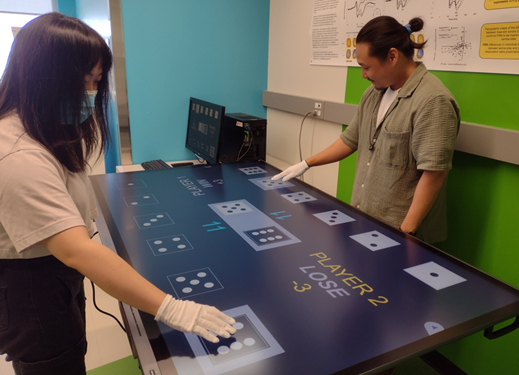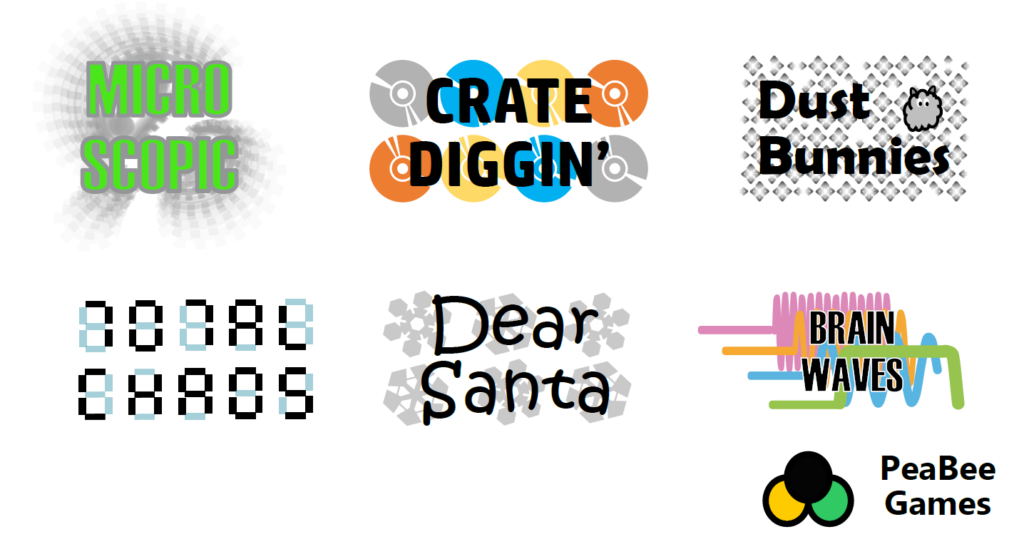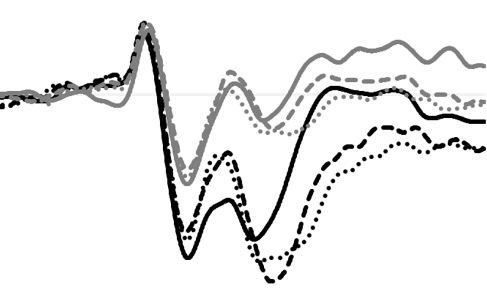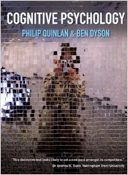RE : COMPETITIVE DECISIONS IN GAMING
The strategies and structures of certain games can tell us much about the role of emotion, superstition and agency in both rational (and irrational) decision making. We use simple game spaces like Rock, Paper, Scissors (Dahal, MacLellan, Vavrek, & Dyson, 2022; Dyson, Wilbiks, Sandhu, Papanicolaou & Lintag, 2016) and Matching Pennies (Dyson, Musgrave, Rowe & Sandhur, 2020) to explore these issues. We develop entirely novel games that further help our understanding of decision-making such as our Dice Dual game (Zhang, Huynh & Dyson, 2023). We are also interesting in a ‘scientification of games’ approach where we examine the hidden scientific principles that exist in commerically available games such as Ghost Blitz (Dyson & Baik, in press) and Rockband (Dyson, 2010).

RE : DESIGN
While designing experimental paradigms, sometimes we imagine what these games would look like outside of the laboratory. To this end, our lab received seed grant funding to develop analog game spaces into card and board games. We are currently prototyping the computational card game Total Chaos, which explores the mysteries of negative numbers and zero.

RE : EVENT-RELATED POTENTIALS
I record event-related potential (ERP) data to take a look ‘under the hood’ of cognition to help examine stage of human information processing that happen prior to responding (e.g., Gallant & Dyson, 2016). Early ERPs can provide a strong index of future performance and I’m interested in pursuing these ideas, particularly in relation to maturation (Sullivan, Kudus, Dyson & Spaniol, 2023; Williams, Biel, Wegier, Lapp, Dyson & Spaniol, 2016; Wilkinson, Yang & Dyson, 2013).

RE : SIGHT AND SOUND
Another core research interest centers around the representation of sight and sound and multi-modal perception: how we end up with complex phenomenology from humble beginnings at the eye and the ear, what some of the constraints and limits of such processes (Wilbiks & Dyson, 2016), and how the sensory systems compete and collaborate with one another via cross-modal correspondence (e.g., Sandhu & Dyson, 2016; Wilbiks & Dyson, 2013 a).

RE : ART AND PSYCHOLOGY
My research also examines the links between Art and Psychology, particularly in the context of the resolution of perceptual ambiguity: do what extent do we enjoy being presented with an ambiguous stimulus and what are the processes in resolving the ambiguity (e.g., Dyson, 2011; Dyson & Cohen, 2010)? I have also recently completed a relatively large-scale project on art technique and embodied cognition (McLean, Want & Dyson, 2015) and was extremely happy to be involved in the Creativity Project by Emmett Fraser.

RE : TEACHING
It’s very exciting to be able to teach and research, and so it makes perfect sense to do research into teaching. My first foray into this examined the effectiveness of small-scale interventions (Dyson, 2008) and a much larger project conducted in Canada looked at whether Facebook could be successfully integrated into the teaching of Introductory Psychology (Dyson, Vickers, Turtle, Cowan & Tassone, 2015). My most recent empirical paper on pedagogic practice shows how students can be engaged during remote asynchronous teaching via mobile phone apps (Dyson, 2023).
I have received a Deans’ Teaching Award from Toronto Metropolitean University in 2013 (see very young picture to the right), a COVID-19 Remote Teaching Award from the University of Alberta in 2021, the Connie Varnhagen Excellence in Teaching Psychology Award from theUniversity of Alberta in 2022, and, an e3 Berlin Teaching Scholarship in 2023.

RE : COGNITION
It was a pleasure to work with Philip Quinlan in helping him finish up his undergraduate textbook on Cognitive Psychology (Quinlan & Dyson, 2008). So if you’ve ever wanted to know what’s really the best way to play Rock, Paper, Scissors, wondered ‘bout sound and vision (Bowie, 1977), or, how a static collection lines and squares could ever get the kinetic title of ‘Broadway Boogie Woogie’ (Mondrian, 1943) then you should stop by for a chat.

